The towering Roman gate re-built in Kent, 2,000 years after it originally went up
A Roman gateway has been erected in Kent, exactly 1,980 years after its original incarnation. James Fisher reports.
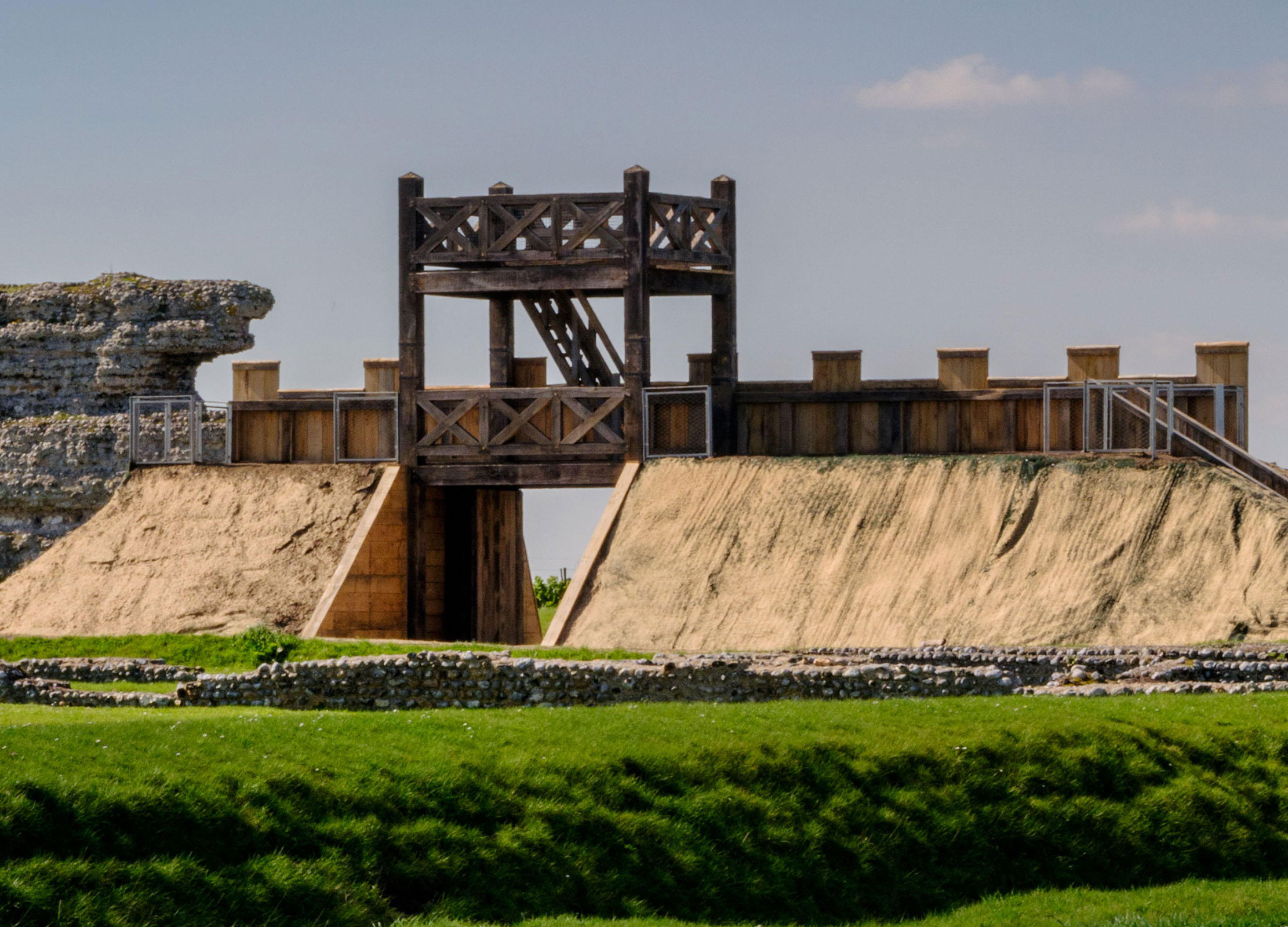

A reconstructed Roman gateway and rampart, which will provide ‘panoramic views’ across Richborough Roman Fort and Amphitheatre in Kent, has opened. The gateway, which stands some 26ft tall, has been built on the exact spot of one built for the original fortification in 43AD.
In 2021, archaeologists discovered large holes in the Roman ground surface that had held the large timber posts of the first gateway and, with the help of archaeological evidence, as well as Roman sculptural sources, English Heritage has intricately reconstructed the structure. The new gateway has been constructed in oak, using Roman-style dovetail, lap and scarf joints, and takes inspiration from depictions of Roman fortifications on Trajan’s Column in Rome, Italy.
‘This is a historic moment,’ says Paul Pattison, senior properties historian at English Heritage. ‘To be able to rebuild a structure as accurately as possible, and one that stands on the exact spot of the original at Richborough almost 2,000 years ago, is remarkable.
'The Roman invasion was a major milestone in our history. We know that Richborough witnessed more than 360 years of Roman rule — from the very beginning to the bitter end — but standing atop this gateway, looking out and imagining what the first Romans might have seen, is quite an experience.’
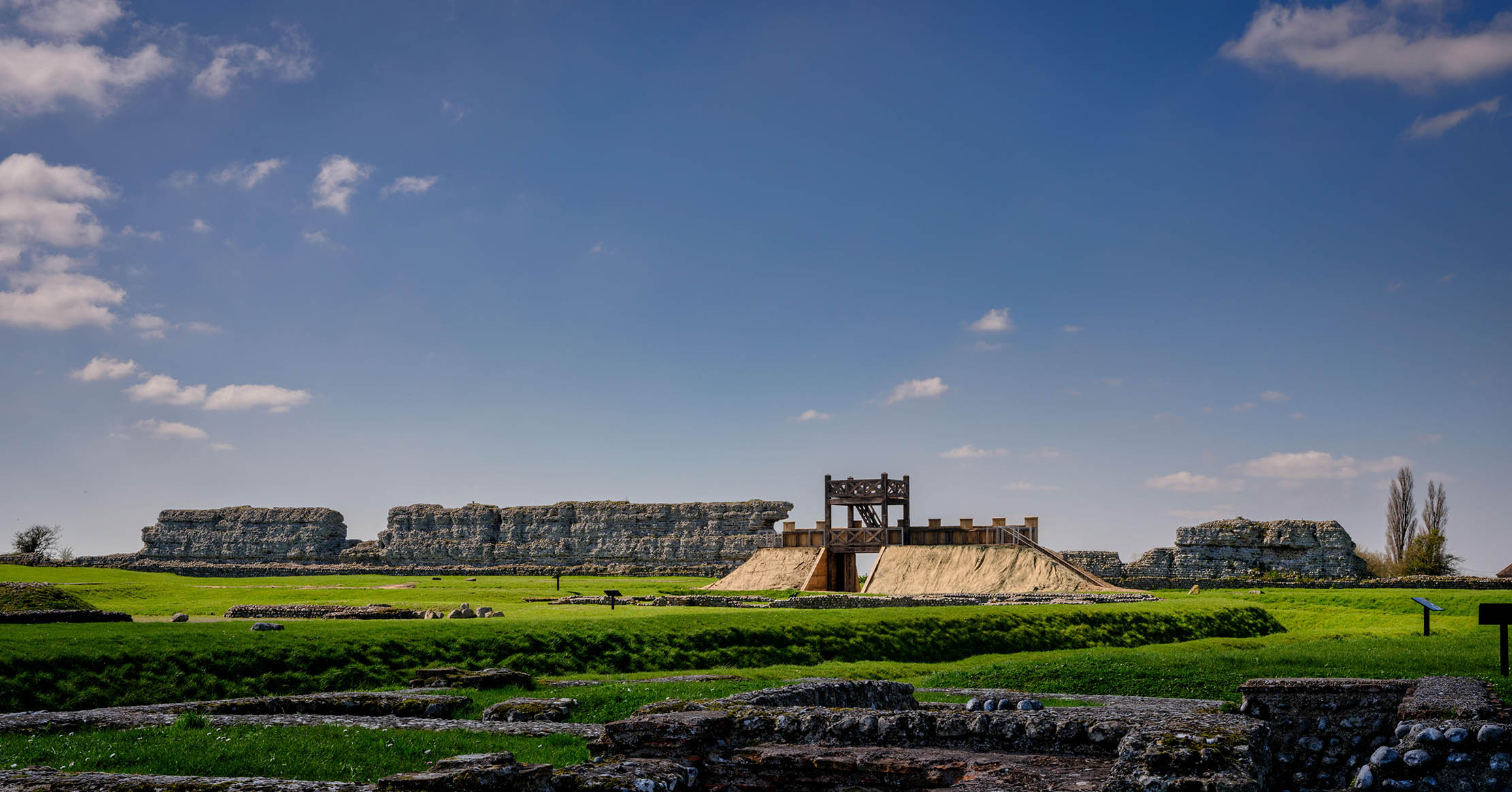
Richborough was the principal entry point to Britain from mainland Europe during Roman times and was originally built to defend the first landing site for Roman forces in the UK. The site transitioned from a fort to a thriving port town before returning to use as a military base during its 360 years of use.
Also on the site, a new museum will showcase previously unseen artefacts from the collection found at Richborough, exploring the site’s history from the beginning to the end of Roman rule.
See more details and visiting hours at english-heritage.org.uk.
Exquisite houses, the beauty of Nature, and how to get the most from your life, straight to your inbox.
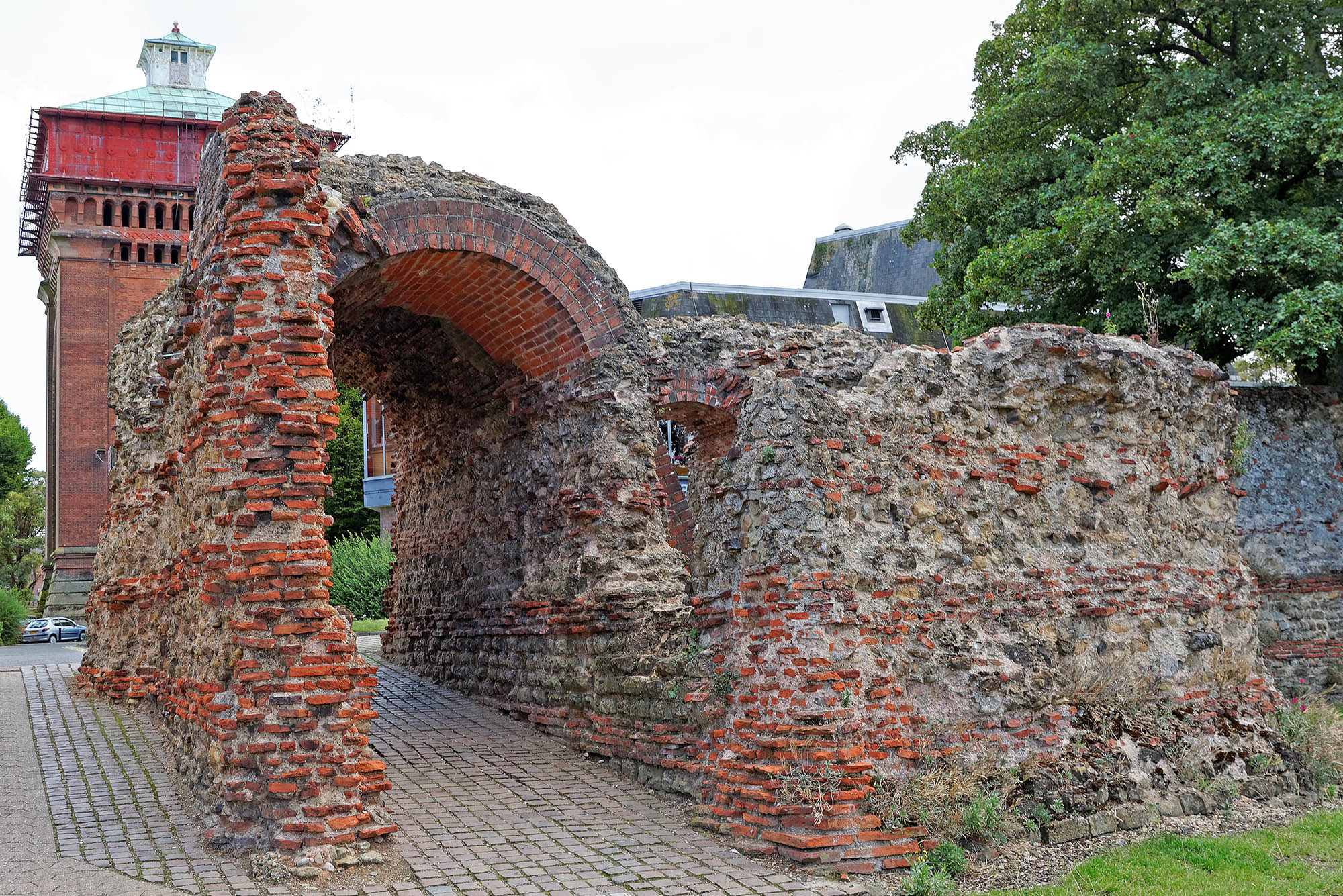
Colchester, Essex: The purpose-built capital city of Roman Britain
Clive Aslet considers the town that was one of Roman Britain's greatest cities — and even, for a while, its capital:
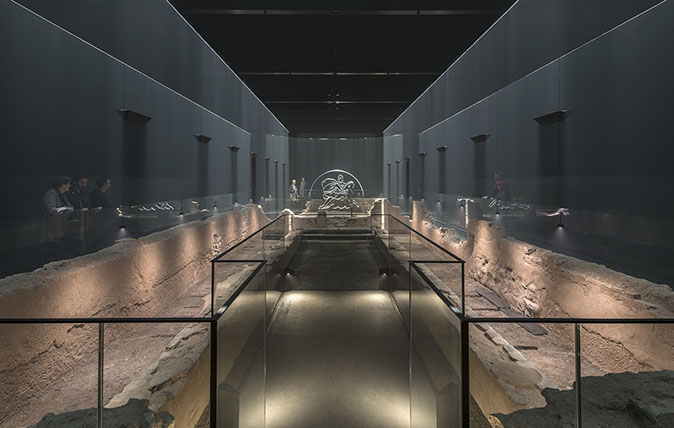
In Focus: The ancient roman temple which lay under London, undiscovered for over 17 centuries.
The temple of Mithras has been beautifully restored by Bloomburg SPACE and now sits under their Headquarters by Bank tube
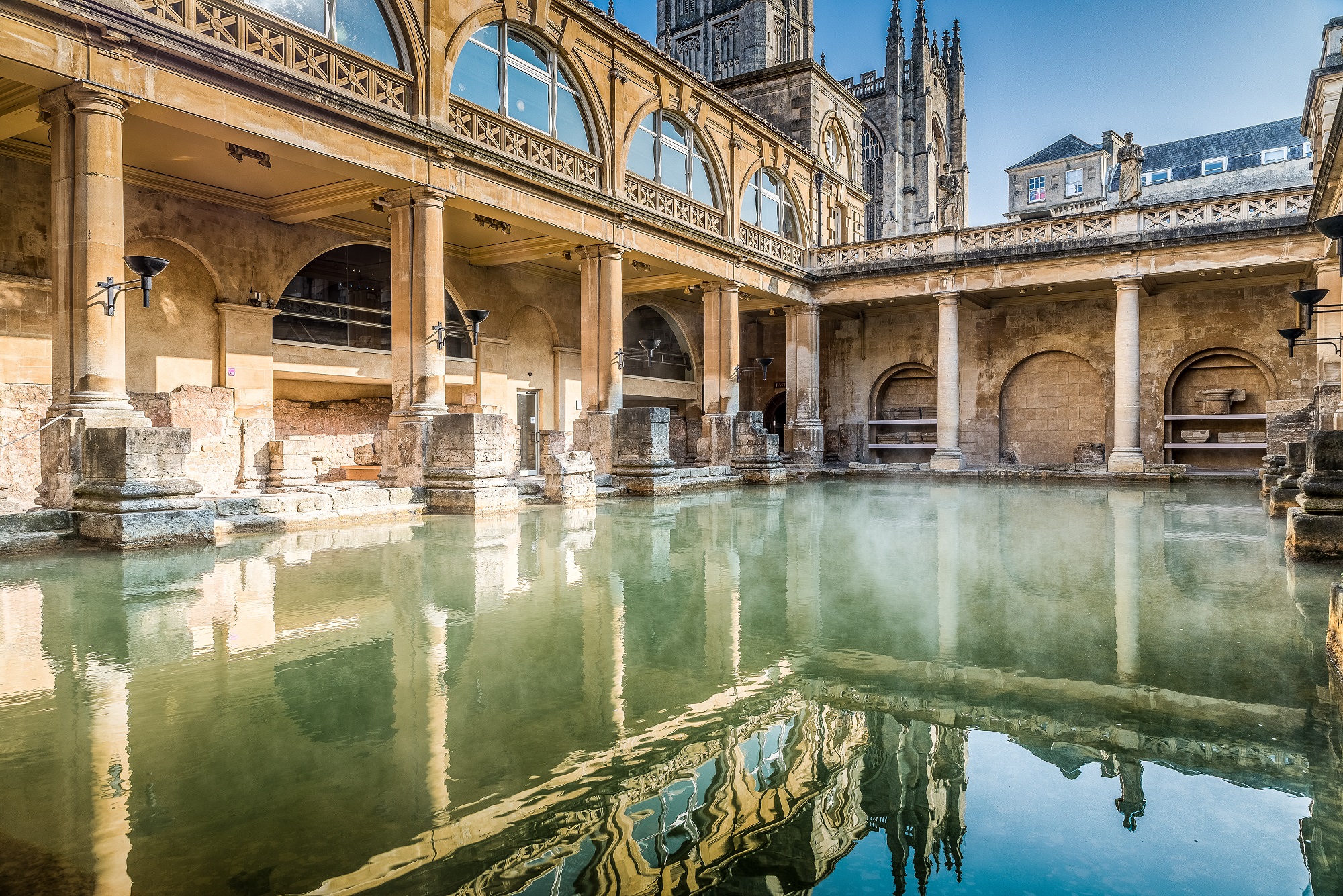
Credit: Andy Fletcher Photography
Bath unwrapped: Where to stay, what to do and what to eat in one of Britain's most iconic and historic cities
Emily Anderson explores the best of Bath, from the iconic Roman baths to it's eccentric comedy walking tours.
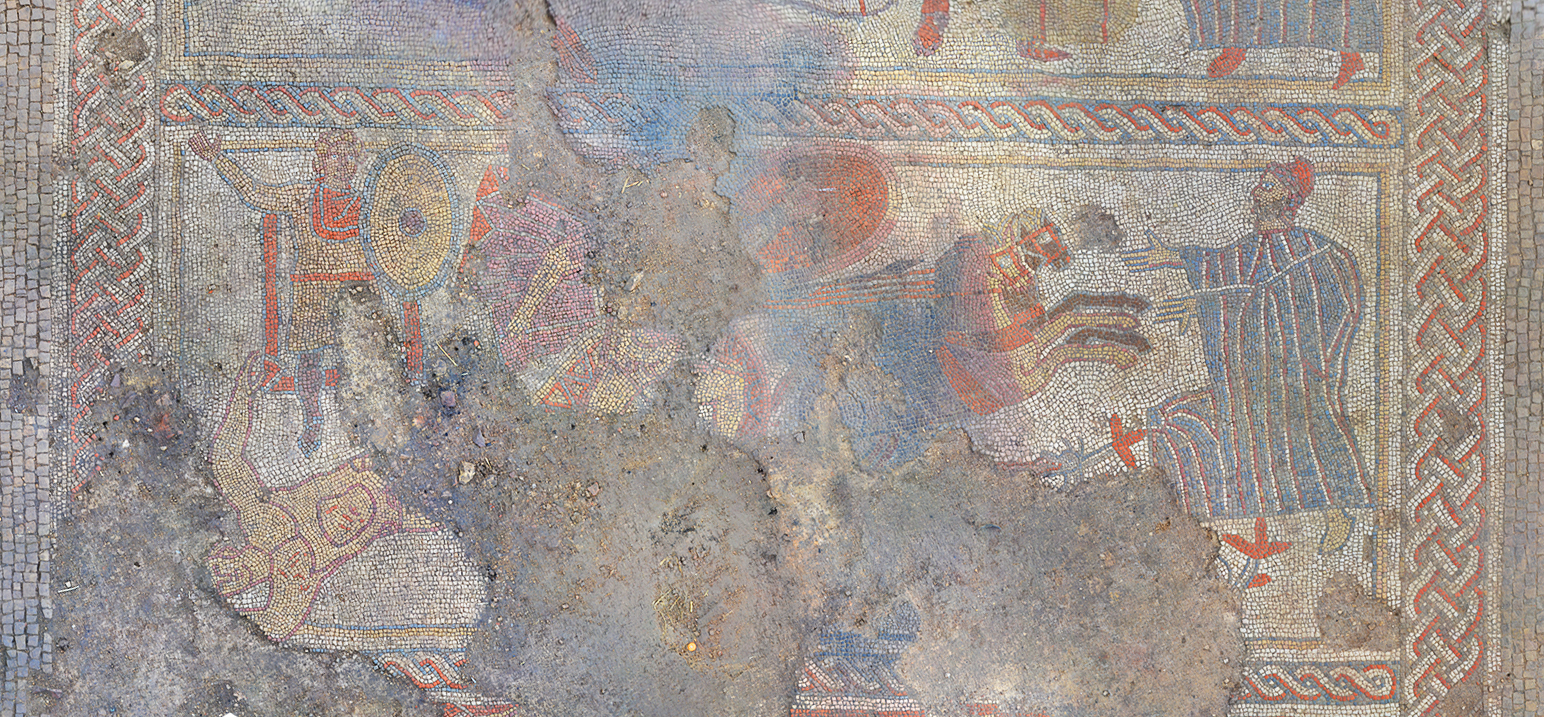
The 'unique' mosaic discovered at a Roman villa in Rutland that 'puts the county on a national and international stage'
Excavations at a Roman villa in Rutland have discovered a magnificent mosaic that is believed to be unique in Britain.

James Fisher is the Digital Commissioning Editor of Country Life. He writes about motoring, travel and things that upset him. He lives in London. He wants to publish good stories, so you should email him.
-
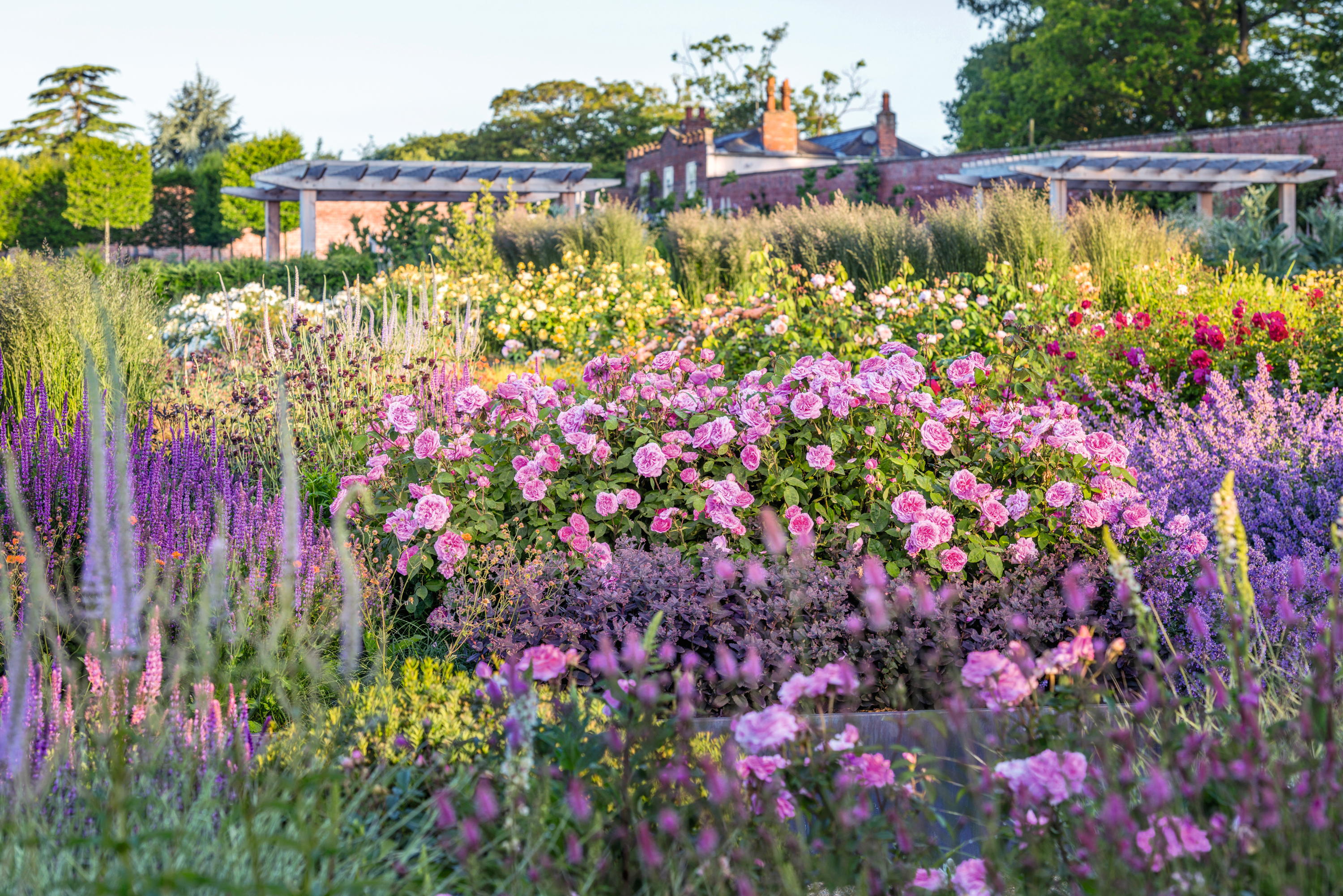 How Harper Beckham created the perfect gardener's birthday present for her father's 50th — with a little help from David Austin Roses
How Harper Beckham created the perfect gardener's birthday present for her father's 50th — with a little help from David Austin RosesWhen Harper Beckham wanted to commission a rose for her father’s birthday, there was only one man for the job, says Charles Quest-Ritson, as he takes a closer look at the science behind creating a new David Austin bloom.
-
 Oh, my gourd, it’s Hallowe’en: How best to decorate your home with pumpkins, squashes and more
Oh, my gourd, it’s Hallowe’en: How best to decorate your home with pumpkins, squashes and moreAs the feast of All Hallow’s Eve approaches, Debora Robertson advises how best to decorate your home with autumn's edible bounty.